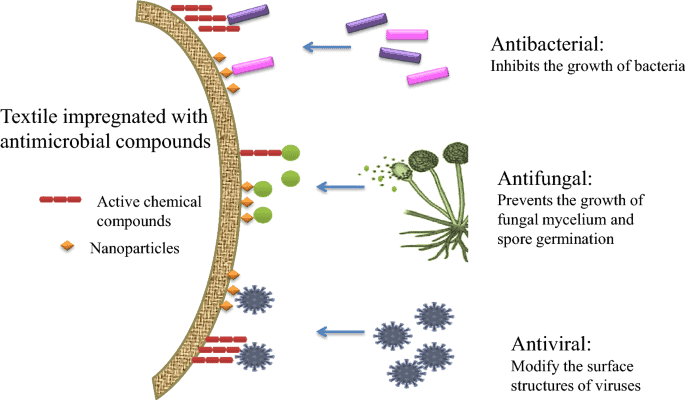In this article, you will explore the fascinating world of hemp clothing and discover how its anti-bacterial properties stack up against other fabrics. You may be wondering, why is this comparison important? Well, as the demand for sustainable and eco-friendly products continues to rise, hemp clothing has emerged as a popular choice. But does it truly offer better protection against bacteria than traditional fabrics? Join us as we delve into the science behind hemp clothing and uncover its potential advantages in the fight against germs. So, sit back, relax, and prepare to be amazed by the extraordinary properties of hemp clothing!
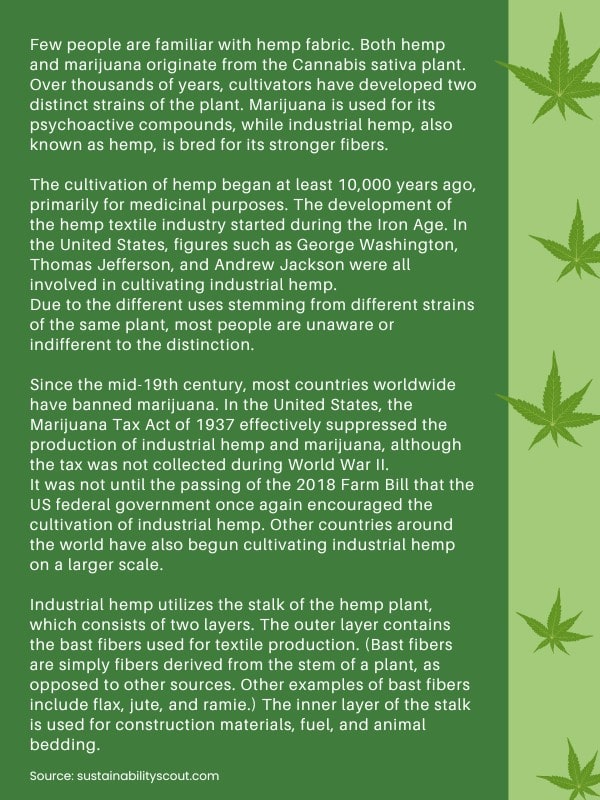
This image is property of wellfabric.com.
Title: Comparing the Anti-Bacterial Properties of Hemp Clothing to Other Fabrics
1. Introduction to Hemp Clothing and its Anti-Bacterial Properties
1.1 Overview of Hemp Clothing
Hemp clothing, made from the fibers of the Cannabis sativa hemp plant, has gained popularity in recent years due to its sustainability and durability. hemp fibers are known for their strength and breathability, making them suitable for various clothing applications such as shirts, pants, and even socks.
1.2 Explanation of Anti-Bacterial Properties
One notable characteristic of hemp clothing is its natural anti-bacterial properties. Hemp fibers contain compounds that are naturally resistant to bacteria growth. These properties make hemp clothing an attractive choice for individuals seeking garments that can help inhibit the growth and spread of bacteria, potentially reducing unpleasant odors and promoting better overall hygiene.
2. Factors Affecting Anti-Bacterial Properties
2.1 Types of Bacteria
the effectiveness of hemp clothing’s anti-bacterial properties can vary depending on the type of bacteria it encounters. Some bacteria may be more susceptible to the natural compounds found in hemp fibers, while others may exhibit resistance. It is important to consider the range of bacteria that hemp clothing can effectively inhibit to assess its overall anti-bacterial capabilities.
2.2 Fabric Thickness and Density
The thickness and density of the fabric can also play a role in determining the anti-bacterial properties of hemp clothing. A denser fabric, with tightly packed hemp fibers, may provide a greater barrier against bacteria infiltration compared to a loosely woven fabric. Additionally, fabric thickness can affect moisture absorption, which in turn can impact the growth of bacteria.
2.3 Moisture Absorption
Moisture absorption is another factor that can impact the anti-bacterial properties of hemp clothing. Hemp fibers have the ability to absorb moisture, which can potentially create an unfavorable environment for bacteria growth. By wicking away moisture from the skin, hemp clothing can help keep the body dry and inhibit the growth of bacteria that thrive in damp conditions.
2.4 Temperature Resistance
The ability of hemp clothing to withstand changes in temperature can also influence its anti-bacterial properties. Extreme heat or cold can impact the growth and survivability of bacteria. Therefore, hemp clothing that can maintain its anti-bacterial properties across a wide range of temperatures may provide more reliable protection against bacterial proliferation.
3. Anti-Bacterial Comparison of Hemp Clothing to Other Fabrics
When comparing the anti-bacterial properties of hemp clothing to other fabrics, it is essential to evaluate the specific characteristics of each fabric. Cotton, synthetic fabrics, silk, wool, and bamboo are commonly used materials in the textile industry. Let’s explore how hemp stacks up against each of them.
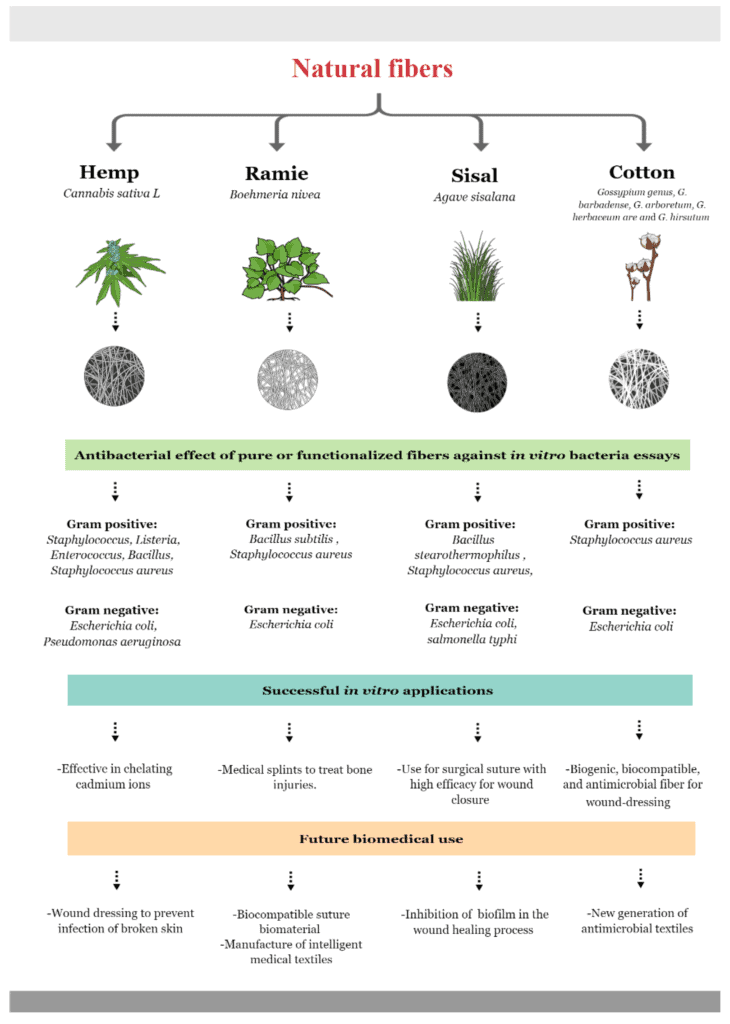
This image is property of www.mdpi.com.
4. Cotton vs. Hemp
4.1 Anti-Bacterial Properties of Cotton
Cotton, a widely used natural fiber, does not possess the same natural anti-bacterial properties as hemp. While cotton is breathable and comfortable, it may not be as effective in inhibiting the growth of bacteria. This can result in the accumulation of bacteria on cotton garments, potentially leading to odors and reduced freshness.
4.2 Anti-Bacterial Properties of Hemp
In contrast, hemp clothing’s natural anti-bacterial properties make it a superior choice for inhibiting bacterial growth. The compounds found in hemp fibers actively work to prevent the proliferation of bacteria, promoting better hygiene and reducing unwanted odors. Hemp clothing can remain fresher for longer periods, even with extended wear.
4.3 Comparison of Cotton and Hemp
Overall, hemp clothing outperforms cotton in terms of its anti-bacterial properties. While cotton is a comfortable choice, especially in warm climates, hemp surpasses it in terms of bacteria resistance. For individuals seeking garments that provide better hygiene and odor control, hemp clothing is the preferable option.
5. Synthetic Fabrics vs. Hemp
5.1 Anti-Bacterial Properties of Synthetic Fabrics
Synthetic fabrics, such as polyester and nylon, are known for their durability and moisture-wicking capabilities. However, these fabrics do not possess natural anti-bacterial properties. Without the natural compounds found in hemp fibers, synthetic fabrics may be more susceptible to bacteria growth, potentially leading to odor and hygiene issues.
5.2 Anti-Bacterial Properties of Hemp
Hemp clothing, on the other hand, stands out for its inherent anti-bacterial properties. The natural compounds present in hemp fibers actively inhibit the growth of bacteria, even in damp conditions. This makes hemp clothing a great choice for individuals who engage in physical activities or live in humid environments where bacteria growth can be a concern.
5.3 Comparison of Synthetic Fabrics and Hemp
In terms of anti-bacterial properties, hemp clothing clearly outshines synthetic fabrics. While synthetic fabrics may excel in moisture-wicking and durability, they fall short in bacteria resistance. Hemp clothing offers the best of both worlds – durability, breathability, and anti-bacterial properties, without compromising on comfort.
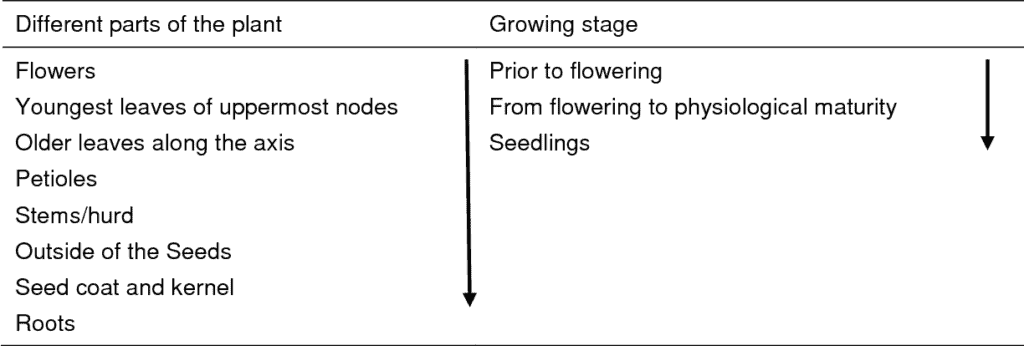
This image is property of d3i71xaburhd42.cloudfront.net.
6. Silk vs. Hemp
6.1 Anti-Bacterial Properties of Silk
Silk, a luxurious natural fabric, is known for its smoothness and breathability. However, silk does not exhibit significant anti-bacterial properties. The lack of natural compounds to combat bacteria growth can lead to the accumulation of bacteria on silk garments over time.
6.2 Anti-Bacterial Properties of Hemp
Hemp clothing, with its natural anti-bacterial properties, provides a stark contrast to silk. The compounds present in hemp fibers actively work to inhibit the growth of bacteria, ensuring garments remain fresher and more hygienic for longer periods.
6.3 Comparison of Silk and Hemp
While silk may offer a luxurious feel and excellent breathability, hemp clothing emerges as the winner in terms of its anti-bacterial properties. Silk garments may require more frequent washing to maintain cleanliness, while hemp clothing’s anti-bacterial properties provide a built-in defense against bacterial growth.
7. Wool vs. Hemp
7.1 Anti-Bacterial Properties of Wool
Wool is a natural fabric renowned for its insulation and warmth. While wool possesses some natural resistance to bacteria, it is not as potent as the anti-bacterial properties found in hemp clothing. Wool garments may still require regular washing to prevent bacteria accumulation.
7.2 Anti-Bacterial Properties of Hemp
Hemp clothing’s anti-bacterial properties make it a standout choice when comparing it to wool. The compounds present in hemp fibers actively work to inhibit bacteria growth, ensuring that garments remain fresher and more hygienic for longer periods, without compromising on insulation or comfort.
7.3 Comparison of Wool and Hemp
While wool offers excellent insulation and warmth, hemp clothing’s superior anti-bacterial properties make it a preferred option. Hemp garments can provide the same level of comfort and insulation as wool while actively preventing the growth of bacteria, reducing odors and the need for frequent washing.
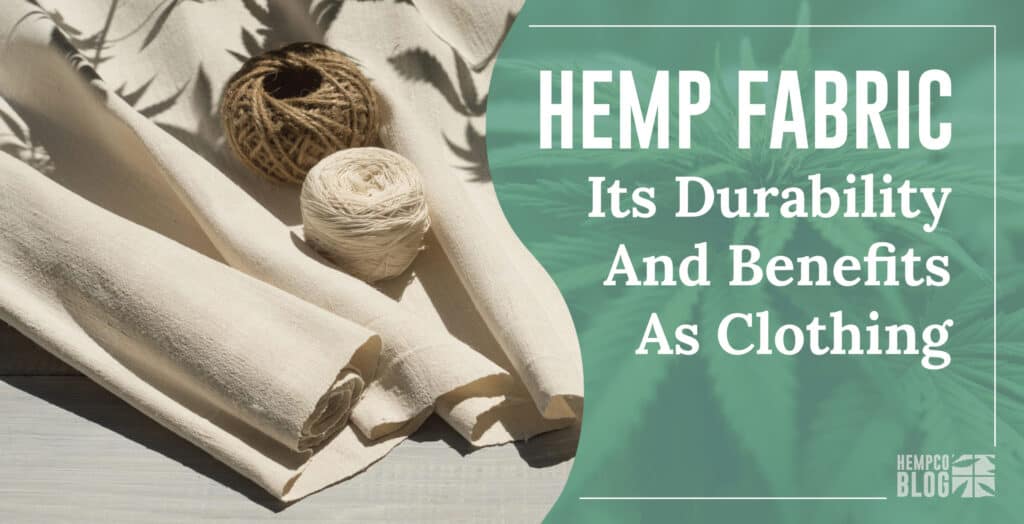
This image is property of hempco.net.au.
8. Bamboo vs. Hemp
8.1 Anti-Bacterial Properties of Bamboo
Bamboo is a highly versatile and sustainable natural fabric. While it exhibits inherent moisture-wicking properties, bamboo fabric’s anti-bacterial capabilities are not as well-known. The extent of its anti-bacterial properties depends on the specific processing methods used to produce bamboo fabric.
8.2 Anti-Bacterial Properties of Hemp
Hemp clothing, with its natural anti-bacterial properties, offers a stronger defense against bacteria growth compared to bamboo fabric. The compounds found in hemp fibers provide a reliable barrier against bacteria, ensuring that garments remain fresher and more hygienic.
8.3 Comparison of Bamboo and Hemp
While bamboo fabric has its merits, including moisture-wicking properties and sustainability, hemp clothing excels in terms of anti-bacterial properties. For individuals prioritizing garments that actively combat bacteria growth, hemp clothing is a more reliable and effective choice.
10. Conclusion
10.1 Summary of Findings
In conclusion, hemp clothing’s anti-bacterial properties make it stand out among other fabrics. The natural compounds found in hemp fibers actively inhibit the growth and spread of bacteria, resulting in garments that remain fresher and more hygienic for extended periods. Hemp surpasses fabrics such as cotton, synthetic, silk, wool, and bamboo in terms of its anti-bacterial capabilities.
10.2 Implications and Further Research
The implications of hemp clothing’s anti-bacterial properties extend beyond personal hygiene and comfort. The use of hemp fabric in various applications, including medical garments and antimicrobial textiles, could have significant implications in healthcare settings and public health. Further research could explore the specific compounds responsible for hemp’s anti-bacterial properties and ways to optimize these properties in hemp textiles.
Overall, if you are looking for clothing that combines durability, breathability, and natural anti-bacterial properties, hemp clothing is an excellent choice. Its ability to inhibit the growth of bacteria sets it apart from other fabrics, ensuring a fresher, more hygienic garment for longer periods. With increasing awareness about sustainability and hygiene, hemp clothing is positioned to become a go-to option for individuals seeking reliable anti-bacterial properties in their garments.
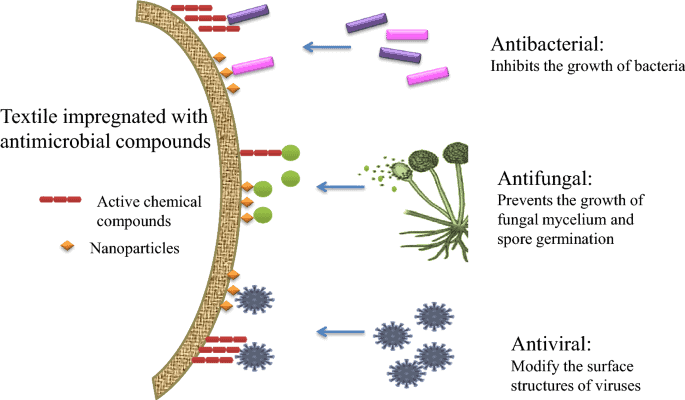
This image is property of media.springernature.com.
Recent Posts
Discover how bubble hash is rated on a 1 to 6 scale. From texture and color to aroma and potency, learn the key factors that determine the quality of bubble hash. Whether you're a seasoned cannabis...
Looking to learn about the most popular style of hash? This article explores the different types, from traditional to bubble hash, and reveals the people's favorite. Join us on a journey through the...

